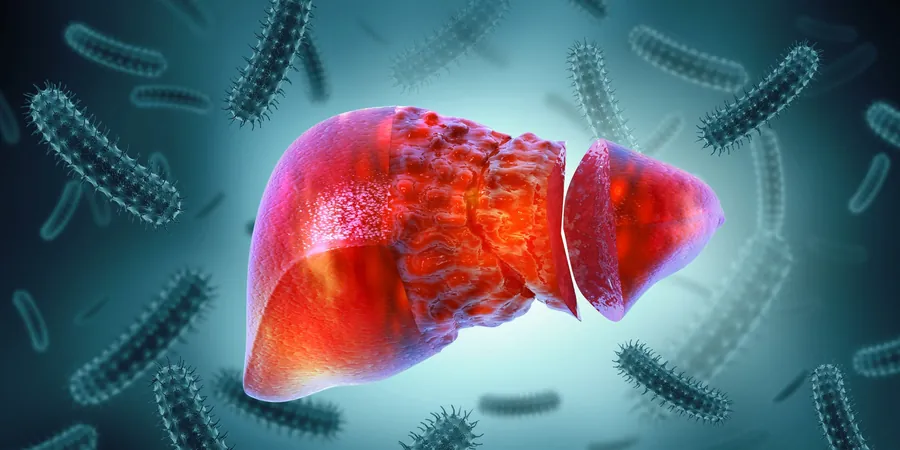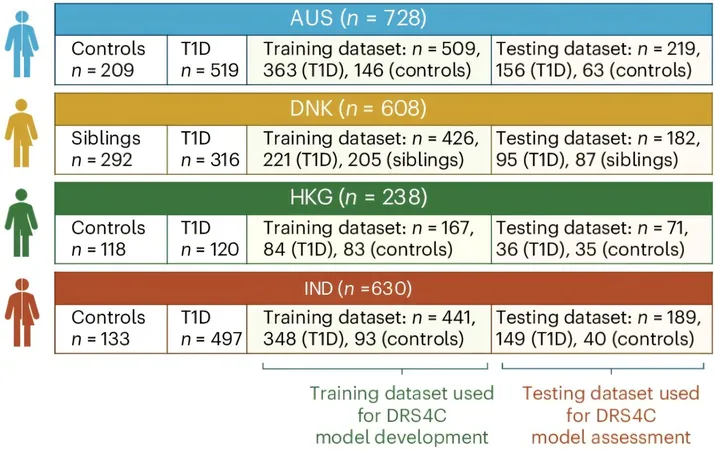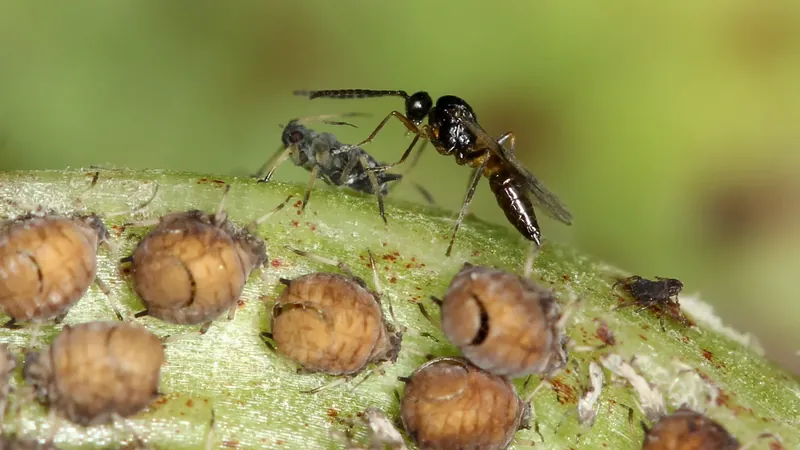
Breakthrough in Liver Organoids: A New Hope for Drug Development and Regeneration!
2025-04-30
Author: Siti
The Quest for the Perfect Liver Organoid
Replicating the human liver's complexity has stumped scientists for ages. Despite advances in creating miniature models for various organs, the liver's intricate functions and high-energy demands have made it particularly elusive. However, researchers from Keio University School of Medicine in Japan have turned the tide, developing highly functional, proliferating human liver organoids from cryopreserved cells that could revolutionize liver regeneration and disease research.
Overcoming the Organoid Growth Dilemma
Hepatocytes, the liver's powerhouse cells, traditionally falter in lab conditions. They often degrade into cholangiocyte-like cells and lose their essential functions after just a few weeks. "When prioritizing growth and survival, hepatocytes lose their identity," explains stem cell expert Toshiro Sato. This longstanding issue has halted meaningful progress in producing liver organoids that genuinely reflect human physiology.
A Revolutionary Development Signal
Under the leadership of Ryo Igarashi and Mayumi Oda, the team made significant strides by cultivating hepatocyte organoids from cryopreserved adult hepatocytes directly derived from patients. By introducing oncostatin M, a signaling protein known for its role in inflammation, they achieved an astonishing million-fold proliferation, maintaining organoid functionality for over six months.
Restoring Vital Liver Functions
The innovative research didn’t stop there; the team advanced a hormone-based approach to coax these cells into fully realizing their liver functions. The matured organoids produced essential liver compounds such as glucose, urea, bile acids, cholesterol, triglycerides, and notably, albumin—a critical blood protein. Impressively, the albumin concentrations nearly matched those found in humans, exceeding prior benchmarks. The organoids even developed bile canal-like networks, showcasing their structural complexity.
A Leap Toward Scalable Liver Regeneration
With liver transplants in high demand but facing significant limitations due to donor shortages, this promising organoid method could provide a groundbreaking alternative. When transplanted into mice with compromised livers, these human hepatocyte organoids not only integrated but also restored liver function. This monumental step paves the way for potential therapeutic applications.
Innovative Models for Research and Drug Discovery
The implications don't end with transplantation. This breakthrough offers immediate advantages for liver disease modeling and pharmaceutical testing. Traditional human hepatocytes are costly and become dysfunctional within days. Conversely, hepatocyte organoids are not only more affordable but offer reliability and longevity.
In their study, the organoids spontaneously generated fats, which decreased after treatment with drugs targeting metabolic dysfunction-related liver disease (MASLD), yielding a more accurate disease model than conventional lipid-injection methods. Furthermore, the research team successfully gene-edited the organoids to simulate ornithine transcarbamylase deficiency, a rare genetic disorder, illustrating their utility in studying inherited liver diseases.
What Lies Ahead?
Looking forward, Sato emphasizes the need to further scale up organoid proliferation and incorporate additional liver cell types to enhance their resemblance to actual liver tissue. Such advancements could significantly elevate their effectiveness in regenerative medicine, toxicology assessments, and personalized liver disease treatments. Thanks to this groundbreaking research, liver organoids are evolving from mere lab curiosities to vital solutions for tackling some of the most pressing medical challenges facing humanity!


 Brasil (PT)
Brasil (PT)
 Canada (EN)
Canada (EN)
 Chile (ES)
Chile (ES)
 Česko (CS)
Česko (CS)
 대한민국 (KO)
대한민국 (KO)
 España (ES)
España (ES)
 France (FR)
France (FR)
 Hong Kong (EN)
Hong Kong (EN)
 Italia (IT)
Italia (IT)
 日本 (JA)
日本 (JA)
 Magyarország (HU)
Magyarország (HU)
 Norge (NO)
Norge (NO)
 Polska (PL)
Polska (PL)
 Schweiz (DE)
Schweiz (DE)
 Singapore (EN)
Singapore (EN)
 Sverige (SV)
Sverige (SV)
 Suomi (FI)
Suomi (FI)
 Türkiye (TR)
Türkiye (TR)
 الإمارات العربية المتحدة (AR)
الإمارات العربية المتحدة (AR)